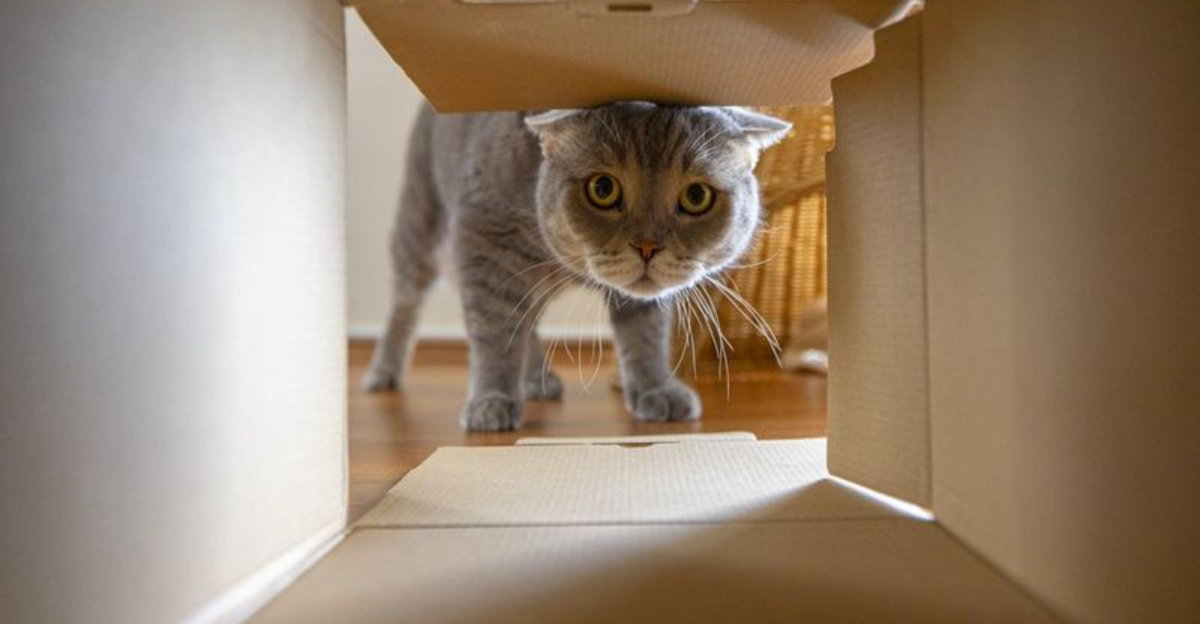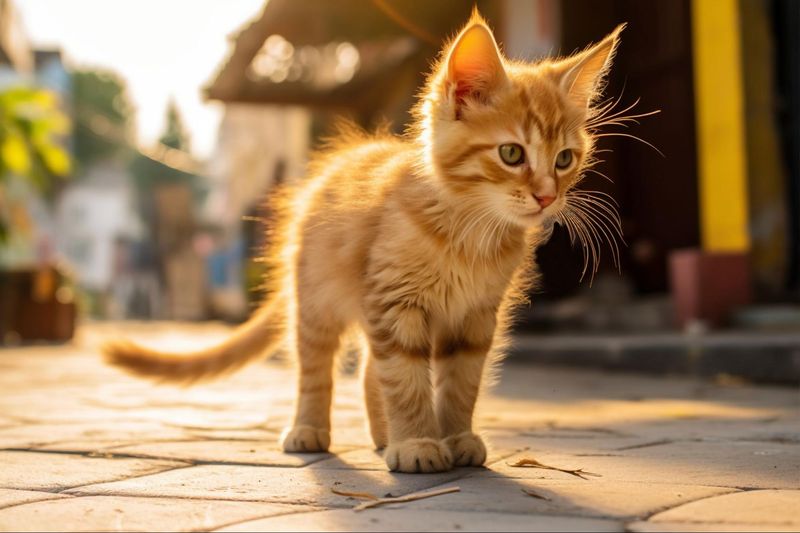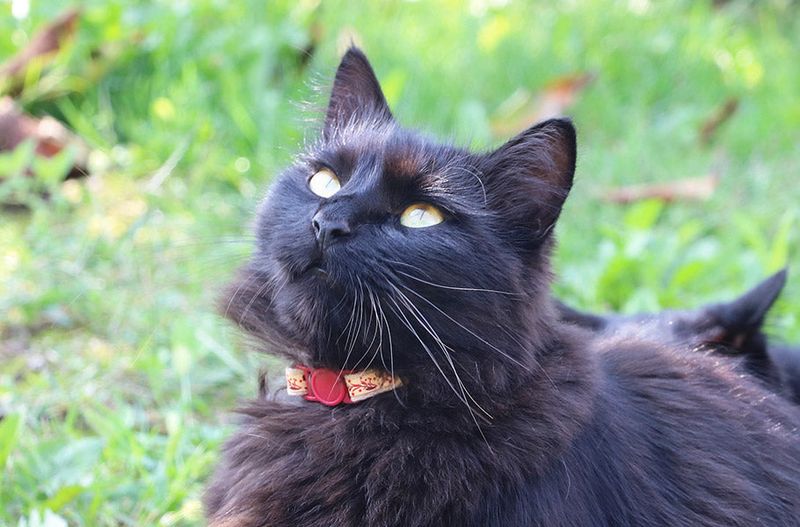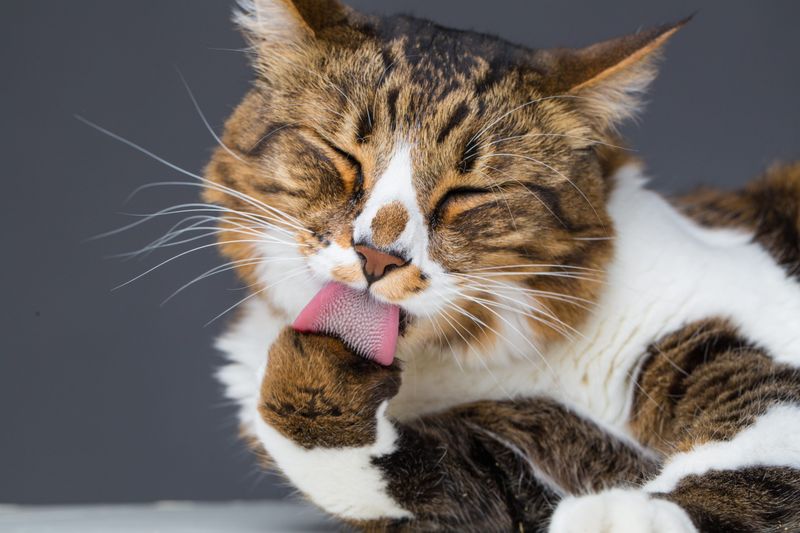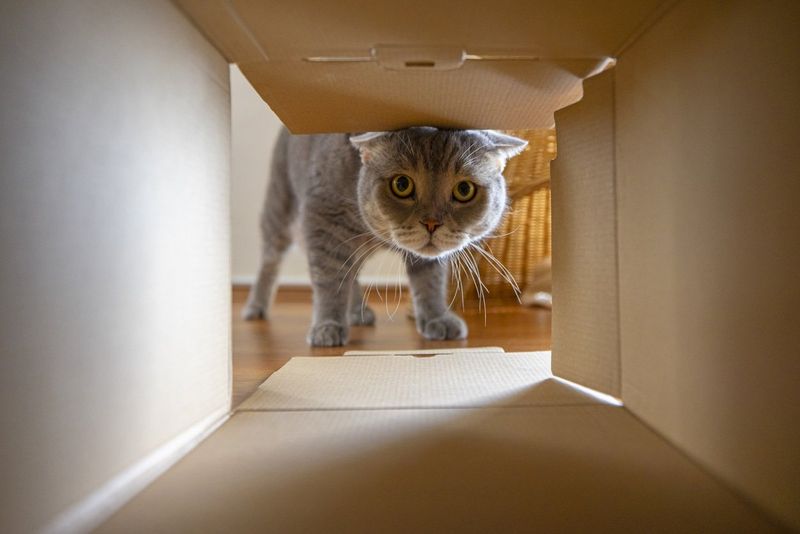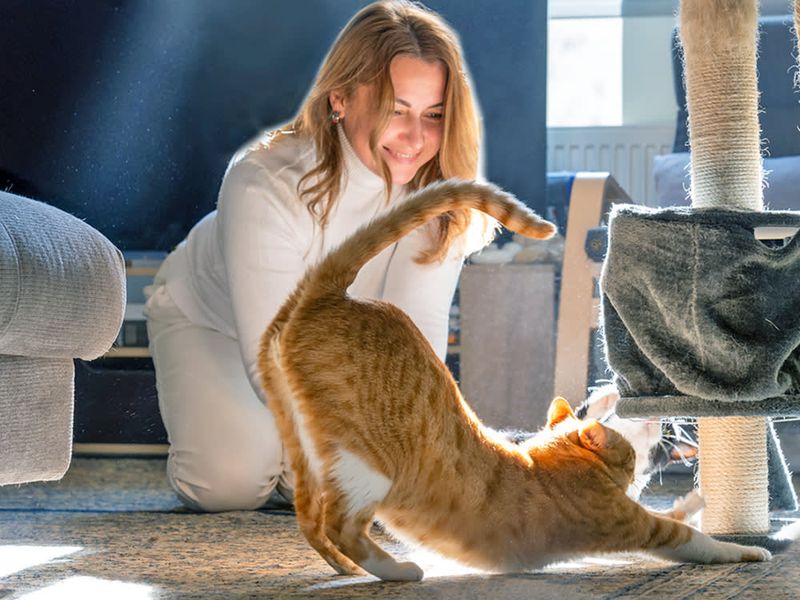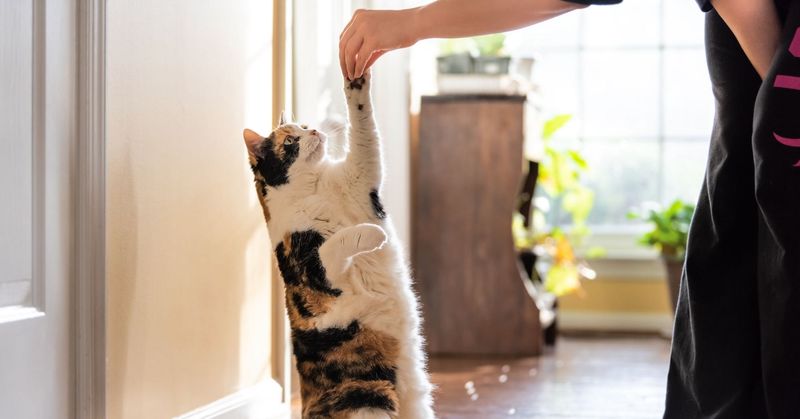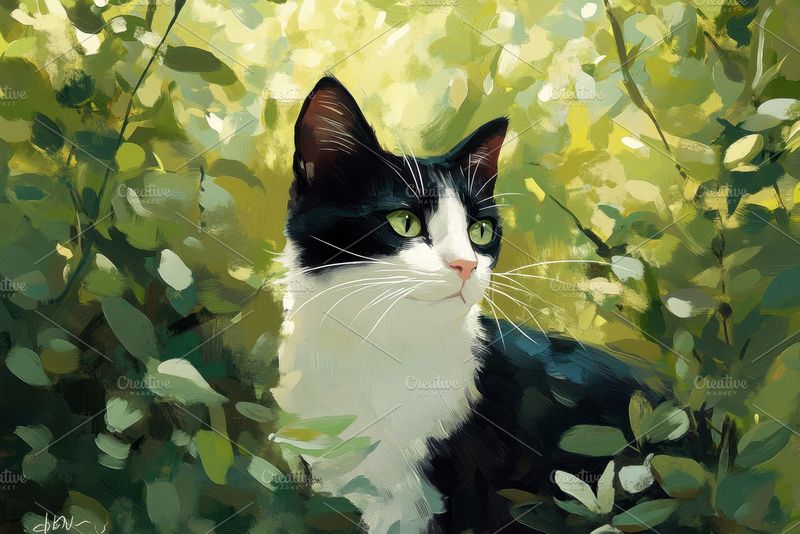📖 Table of Content:
Ever wonder why your cat seems unfazed by a big move or a new piece of furniture—while your dog needs time to adjust? In this post, we explore 10 key ways cats are naturally better at adapting to change. From their independent nature to their strong territorial instincts, discover what makes felines so resilient when facing new surroundings. Whether you’re relocating, rearranging your home, or introducing new routines, these insights will help you understand how (and why) cats often outshine dogs when it comes to flexibility.
1. Independence
Cats, with their independent streak, often venture into new spaces without hesitation, making transitions smoother. Unlike dogs, who may rely on guidance, cats trust their instincts. Their self-sufficient nature allows them to explore and settle at their own pace. This autonomy means less anxiety and more confidence in uncertain environments. Imagine a cat lightly padding across a room, pausing to sniff and observe—a testament to its solo adaptability. While dogs may need reassurance, cats find solace in their ability to thrive alone, making them resilient travelers in the realm of change.
2. Sensory Acuity
Blessed with exceptional senses, cats can swiftly decipher unfamiliar settings, reducing stress during changes. Their acute hearing and keen sight enable them to detect potential threats or comforts effortlessly. As a new garden unfolds before them, cats listen to the rustle of leaves and watch the play of shadows, mastering their environment’s intricacies. This sensory acuity means fewer surprises and smoother adjustments for our feline friends. While dogs may bark at unfamiliar noises, cats focus intently, their senses guiding them through the maze of new experiences with elegance.
3. Self-Soothing Techniques
Cats possess an innate ability to calm themselves through grooming and kneading, facilitating adaptation to new environments. These self-soothing rituals are more than just hygiene—they’re a form of meditation. Picture a cat serenely licking its paw, eyes half-closed, embodying tranquility. Such behaviors help cats manage stress independently, unlike dogs, who often seek human intervention. This self-reliance in emotional regulation allows cats to find peace within chaos. By engaging in familiar actions, they build a bridge to comfort, seamlessly transitioning into new spaces with a composed demeanor.
4. Curiosity
Curiosity drives cats to explore new territories, transforming potential stress into opportunities for discovery. Their inquisitive nature leads them to investigate every nook and cranny, turning unfamiliar areas into familiar haunts. Imagine a cat peering around a corner, whiskers twitching with intrigue—an emblem of unyielding curiosity. While dogs might hesitate at the threshold of the unknown, cats embrace it with enthusiasm. This fearless exploration not only enriches their experience but also aids in adjusting to new surroundings, showcasing their adventurous spirit and adaptability.
5. Flexible Routines
Cats excel in adapting their routines, making transitions to new schedules or environments less disruptive. Their flexibility allows them to adjust meal times, sleeping spots, and play habits with ease. Picture a cat settling into a different sunbeam, purring as it adapts to a new feeding schedule. Unlike dogs, who might resist change, cats embrace it, reshaping their daily patterns without fuss. This adaptability in routine highlights their capacity to blend seamlessly into new settings, showing resilience and an ability to thrive amid change, rather than resist it.
6. Territorial Intelligence
Cats exhibit territorial intelligence, quickly establishing safe zones in new spaces, which fosters a sense of security and control. This instinctive behavior allows them to navigate foreign environments with confidence. Imagine a cat rubbing its face against furniture, leaving subtle scent markers—a silent declaration of ownership. Unlike dogs, who may remain wary, cats settle quickly, comforted by their territorial familiarity. This behavior not only reduces anxiety but also ensures that cats feel at home, even in the most unfamiliar settings, adapting with a grace unique to their species.
7. Low Social Dependency
Cats, with their low need for social interaction, comfortably spend time alone, easing adaptation in new settings. Unlike dogs, which often crave companionship, cats revel in solitude. Picture a cat luxuriating in a sunbeam, alone yet content—a perfect image of independence. This self-reliance means they don’t require constant reassurance, making transitions smoother. Cats adjust at their own pace, free from the burden of social demands. Their ability to thrive in solitude ensures that they settle comfortably into new environments, embodying both resilience and independence.
8. Quick Learning Abilities
Cats possess remarkable learning abilities, swiftly mastering the layout of new environments. Their cognitive agility enables them to navigate changes with minimal stress. Imagine a cat darting from room to room, each step a lesson in its new home’s geography. This quick learning ensures they adapt efficiently, unlike dogs, who may need more time to adjust. Cats’ ability to process information rapidly allows them to settle into routines and patterns inherent to their new abode, showcasing a mental flexibility that is both impressive and effective in overcoming environmental challenges.
9. Natural Problem Solvers
Cats exhibit creativity and persistence when confronting challenges, enhancing their adaptability to new situations. Their problem-solving skills are on display as they navigate obstacles with determination. Picture a cat methodically figuring out how to open a door or reach a high perch—a testament to its ingenuity. While dogs might rely on humans for solutions, cats take matters into their own paws. This ability to think independently and inventively allows them to thrive in varied environments, highlighting their resourcefulness and the ease with which they embrace change.
10. Stealth and Patience
Cats, known for their stealth and patience, excel in unfamiliar situations, minimizing stress and facilitating smooth adjustments. Their calm demeanor allows them to observe without interfering, waiting for the perfect moment to act. Imagine a cat watching the hustle and bustle of a new household from a hidden perch, serene and composed. Unlike dogs, who may react impulsively, cats bide their time, ensuring they move wisely and comfortably. This patience, paired with their stealth, enables them to adapt quietly and efficiently, embodying a tranquility that eases transitions.
